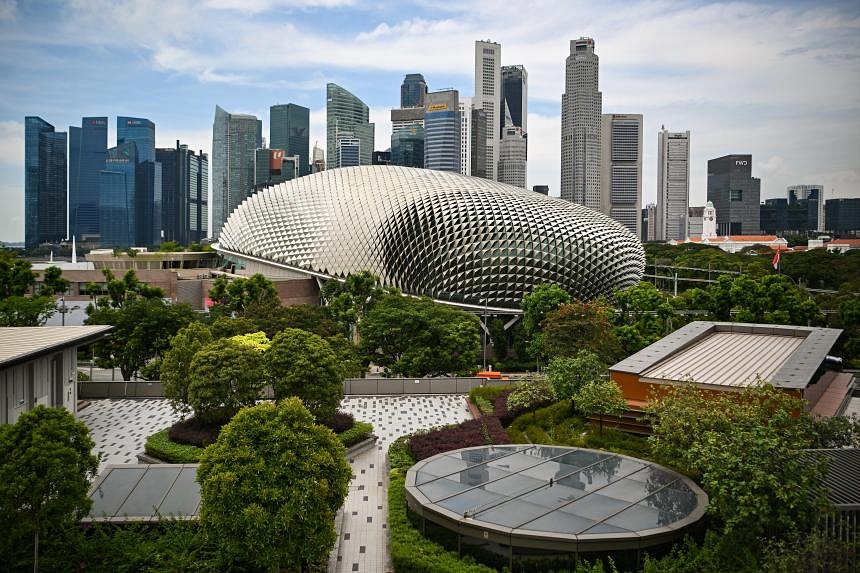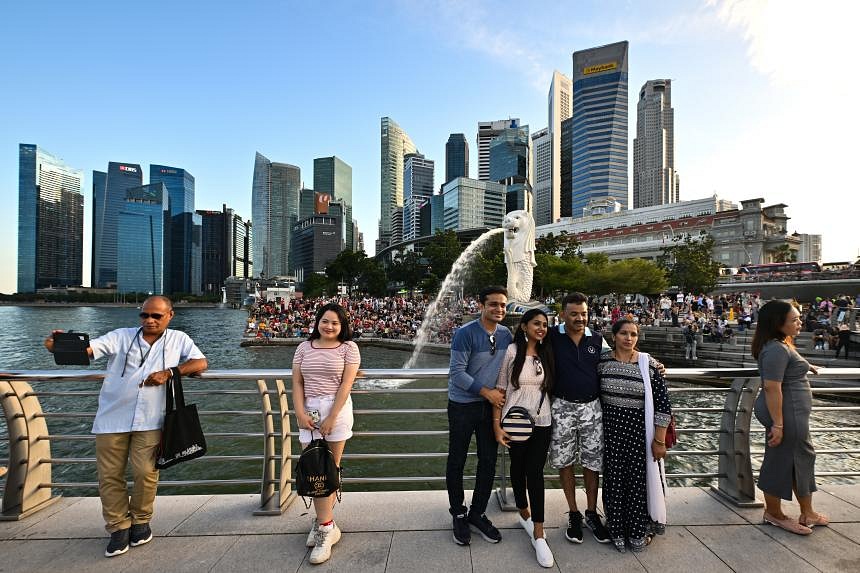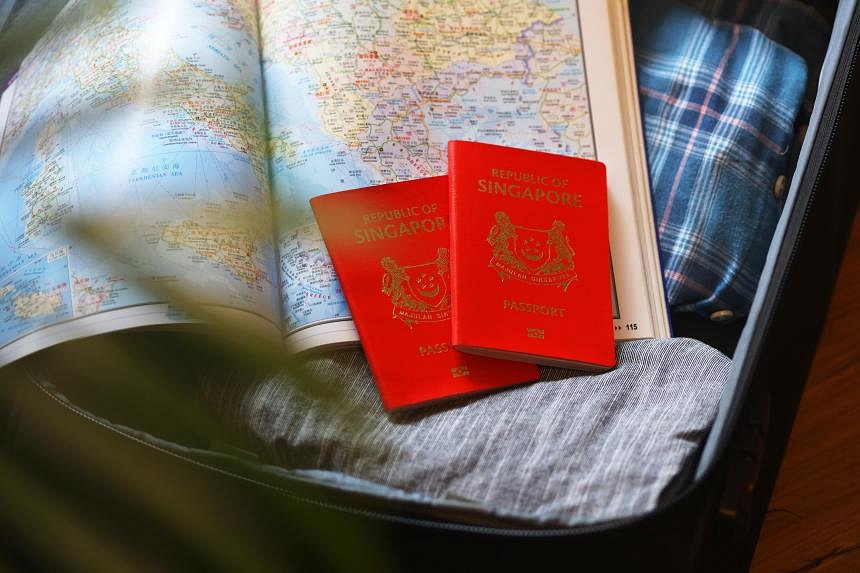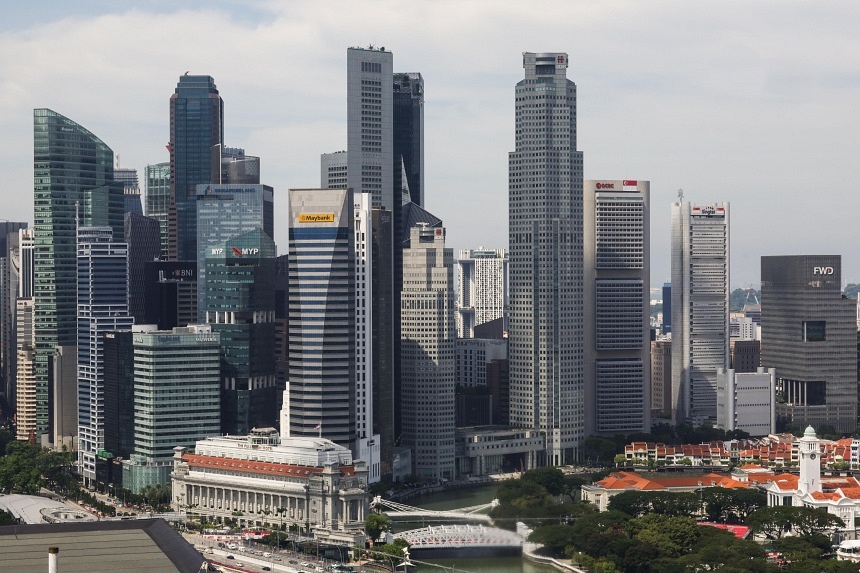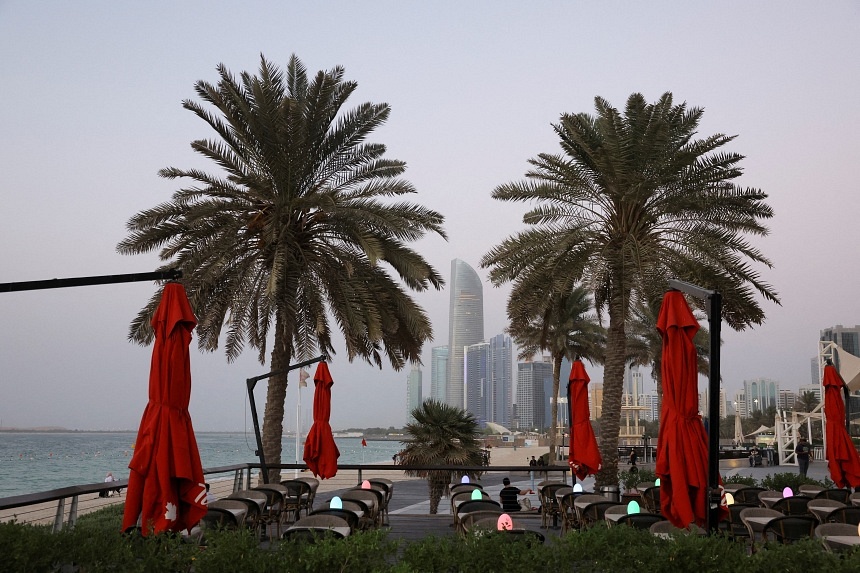- Joined
- Jul 25, 2008
- Messages
- 13,842
- Points
- 113
Singapore private homes still most expensive in Asia-Pacific; HDB flats most attainable: Report
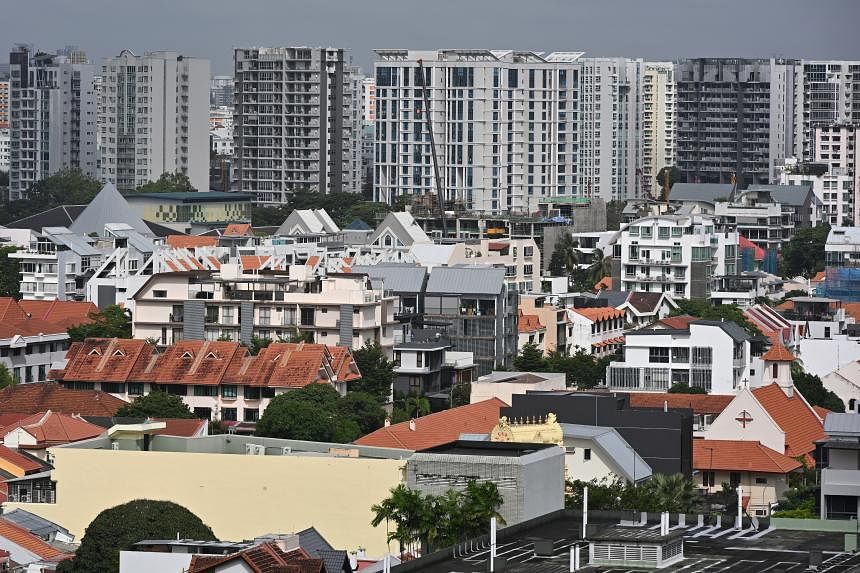
The median price of Singapore private homes stood at $1.7 million in 2023. ST PHOTO: LIM YAOHUI

Isabelle Liew
May 22, 2024
SINGAPORE – Private residential homes in Singapore continue to be the most expensive in the Asia-Pacific for the second year in a row, according to a report by the Urban Land Institute (ULI) released on May 21.
ULI said the median price of Singapore’s private homes stood at US$1.3 million (S$1.7 million) in 2023, the most expensive out of the 48 cities in 11 countries that the report studied.
It was followed by Hong Kong, which recorded an average home price of US$1.15 million. Homes in Sydney, the next highest market, had a median price of US$1.06 million.
However, the report also ranked public housing in Singapore as the “most attainable” in terms of home ownership in 2023. It noted that the country has a home ownership rate of nearly 90 per cent.
Home ownership is considered affordable when the ratio of the median home price to median annual household income is below 5.
The median price of Housing Board flats, which form 90 per cent of the total housing stock in Singapore, has a ratio of 4.7, it said.
In 2023, private home prices in Singapore rose 7 per cent despite property cooling measures implemented in April that year – when additional buyer’s stamp duty (ABSD) rates were raised and loan-to-value ratios were tightened, the report said.
It noted that demand from foreigners fell significantly as the ABSD rate was doubled from 30 per cent to 60 per cent, which contributed to a 20 per cent drop in total home sales.
In terms of price per square metre, however, Hong Kong was the most costly private housing market in the region with an average price of US$18,331 per sq m, or US$1,703 per sq ft.
This was followed by Singapore private homes, which had a median of US$11,749 per sq m, and Shenzhen in China with an average of US$10,142 per sq m.
Homes in Shenzhen had the highest price-to-income ratio of 32.3, followed by Beijing at 28.7. It was around 25 for Metro Manila, Ho Chi Minh City and Hong Kong. In Singapore, the ratio for private homes was 13.5.
Across the cities tracked by ULI, median annual household income was highest in Singapore at US$97,124. The median price of an HDB flat in 2023 was US$461,289, up from US$409,000 in 2022.
Renting is generally “significantly more affordable” than buying a home in the region, said the report.
For example, in Tokyo, where the price-to-income ratio for a home purchase was 14.3, the median monthly rent was 20 per cent of the median monthly household income. The ratio was below 30 per cent for mainland Chinese cities such as Chongqing and Tianjin.
In comparison, it was 36 per cent for private homes in Singapore.
The report showed that rent for two-bedroom private apartments in Singapore was the most expensive, with a median monthly rent of US$2,897.
This overtook Hong Kong (US$1,725), as well as other high-cost-of-living cities like Tokyo (US$613) and Seoul (US$677).
The report also noted a move by the Singapore Government to sell a plot of land to pilot a new class of long-stay serviced apartments, in contrast with its housing policy, which largely centres on home ownership.
“This unusual move was made after the Urban Redevelopment Authority determined that there is sufficient demand for long-term rental housing, especially among young professionals, students and families in transition, following consultations with the industry,” the report said.
In April, a Government Land Sales site in Zion Road was awarded to a City Developments-Mitsui Fudosan joint venture for $1.1 billion.
The joint venture will explore a mixed-use project with 740 residential units for sale and 290 rental apartments, The Straits Times reported in April.
Another site in Upper Thomson, an integrated development with Springleaf MRT station that analysts said could yield 640 units, including 100 rental apartments, was launched for sale in December 2023.
The tender for the plot will close in June 2024.
The ULI report said that China, Australia and Bangkok have similar rental housing initiatives.

